SLV GU10 LED bulbs

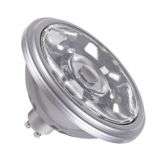
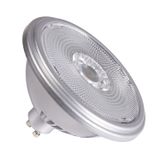
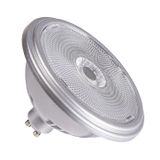
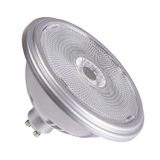
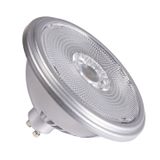
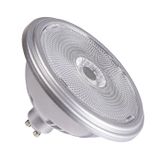
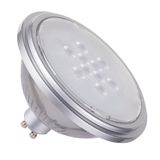
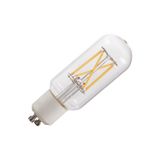
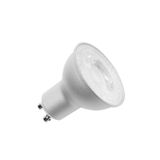
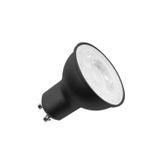
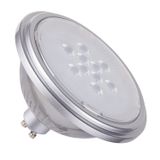


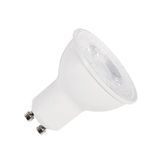


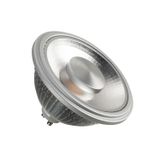

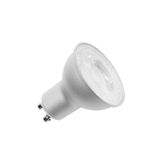
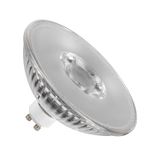
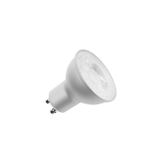
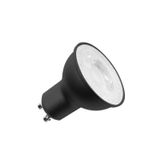



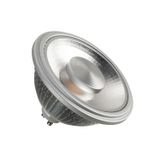
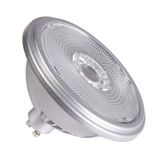
slv gu10 led bulbs range and application
SLV GU10 sources are the everyday workhorses for accenting and general lighting where mains operation, stable color, and clean dimming are required. Output classes typically sit around 300–700 lm with common beams 15°/24°/36°/60°. Color options cover 2700/3000/3500/4000/6500 K; CRI 80 for back-of-house and 90/95 where merchandise or artwork needs saturation. Tight binning (≤3 SDCM in pro lines) keeps long ceiling runs uniform across retail aisles and hotel corridors.
slv gu10 spotlights beams and optical control
Optics use either TIR lenses for tight center intensity or faceted reflectors for classic punch with softer fall-off. Use 10–15° for mannequins and feature tables, 24–36° for dining and reception islands, and 60° for general wash in small rooms. Peak candela and beam homogeneity matter more than raw lumens when targets are at 2.5–4.5 m; specify by photometry, not wattage.
Product range and series overview
Glass-body types suit visible fixtures; polymer-and-aluminum heat-spreader variants ride cooler in enclosed cans. High-output versions replace legacy halogen without changing the ceiling pattern, while compact short-neck models solve shallow housings. Flicker-optimized versions meet office targets for VDT spaces; warm-dimming options are available on selected series for hospitality scenes.
Technical specifications and standards
Mains operation is 220–240 V, 50/60 Hz. Power factor typically ≥0.90; THD in the 10–15 % band on quality drivers. Dimming works with trailing-edge (preferred) and qualified leading-edge devices; publish the minimum stable level (often 1–5 %) so cleaners don’t work in semi-dark. Flicker targets PstLM ≤1.0 and SVM ≤0.4 where specified. Lifetime is L70/L80 25–50k h at Ta 25 °C when Tc is respected. Compliances align with IEC/EN 62560 (self-ballasted lamps) and EMC to EN 55015/EN 61547; photometry available in IES/LDT per CCT and beam.
slv recessed gu10 lighting cut-outs and thermal space
Retrofit cans vary: allow 5–10 mm clearance around the lamp and keep insulation off the rear of the holder so the Tc point doesn’t creep past its mark. Verify trim compatibility and spring geometry on older housings; where the hole is oversize, use SLV frames to restore bezel control and keep the ceiling line clean.
slv gu10 reflector lamps finishes and glare management
Faceted reflectors preserve the familiar halogen look in open fixtures. In offices or low ceilings, choose versions with recessed emitters or add micro-prismatic lenses in the luminaire to keep UGR in check near screens.
slv led gu10 downlights integration and mounting
For new works or clean retrofits, pair lamps with SLV fixed or gimbal downlight housings so mechanical clamping, tilt range, and bezel overlap are documented. Ceiling accessories and quick-fit connectors speed grid rooms; for moisture-prone zones, use IP-rated housings while the lamp remains IP20 at capsule level. Where tracks are specified, use GU10 lampholder heads and keep driverless simplicity on the rail.
Applications and compatibility
Retail projects run 3000–3500 K, CRI ≥90, R9>50 with 15–24° beams to lift reds and skin tones. Hospitality prefers 2700–3000 K at 24–36° for tables and lounge pockets. Museums select CRI 95 with low flicker; confirm distance-to-art and peak candela. Offices and schools lean to 4000 K with wide beams and glare-aware trims. When schedules list slv gu10 led lamps without further detail, lock socket, beam, CCT/CRI, and dimmer family before freezing the substitution.
Integration with other SLV products
Lamps combine well with SLV tracks, adjustable heads, and ceiling accessories; use the SLV suspension kit where pendants are converted to GU10 heads and load paths must be documented. For linear accents in the same room, coordinate with SLV light ribbon hose strip so protocols and scenes stay consistent. Where legacy halogen remains, team with SLV transformers only on MR16 circuits—GU10 stays mains.
Selection criteria for B2B clients
Start from the task: target lux and contrast ratio, then pick beam and CCT/CRI. Check can depth and ventilation; tight voids favor lower wattage or vented trims. Keep dimming homogeneous per circuit; trailing-edge on retrofits, DALI-2 upstream where a backbone exists. Publish inrush/channel counts on the panel schedule even for integrated lamps to avoid nuisance MCB trips. For quick roll-outs, standardize two lumen nodes per floorplate so high and low ceilings land the same illuminance without over-dimming.
Advantages of working with Bankoflamps
You receive individual B2B pricing and a named account manager who aligns sockets, beams, CCT/CRI, trims, and controls to your room data sheets and single-lines. The portal shows live EU stock by warehouse; quotes usually arrive in about an hour with EAN/MPN, lumen and beam files, dimming notes, PF/THD, inrush, and Tc limits so coordination doesn’t drift. Orders go in by manufacturer code with downloadable, always up-to-date price lists and pricing validity windows. We track lead times and order status, provide purchase-history analytics, and offer post-payment up to 30 days for trusted clients. Consolidated shipments by line and zone cut freight and site sorting, and we actively support France, the Baltics, Germany, Spain, Italy, Belgium, and the Netherlands.